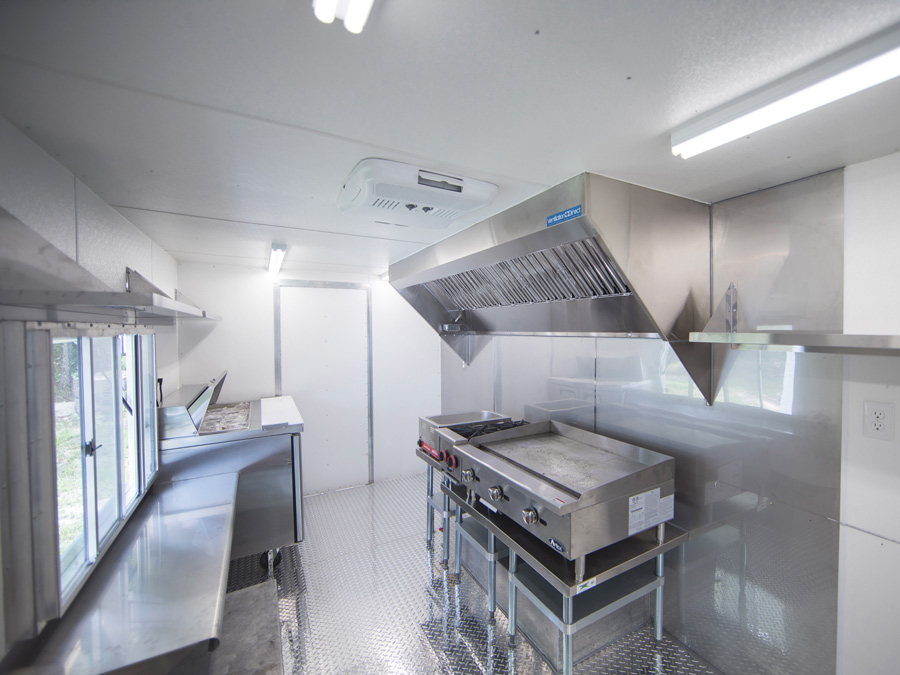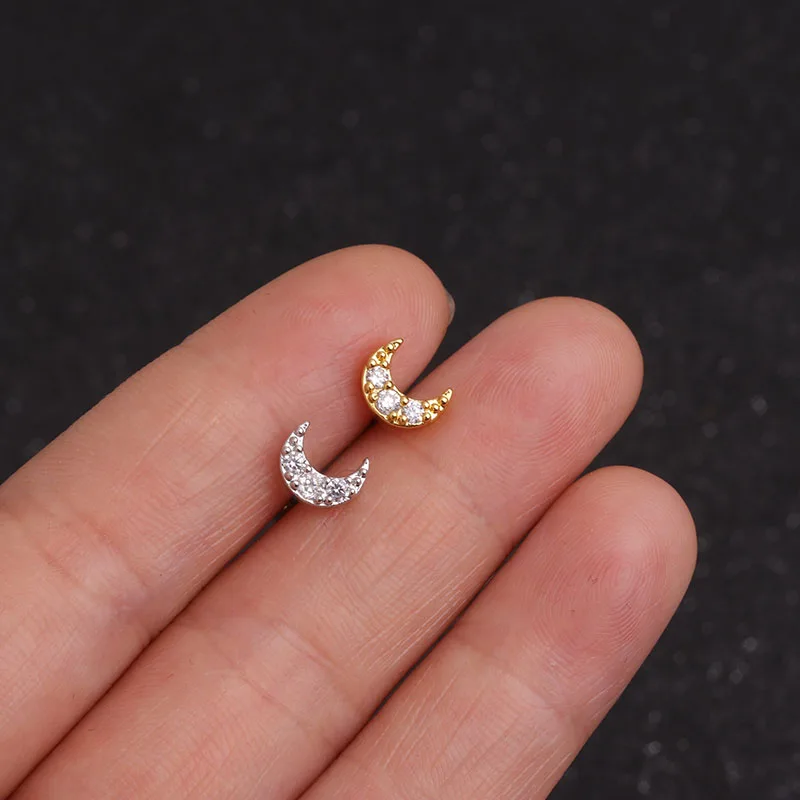Table of Content
Firstly, this advice is only applicable when you have open access to the floor structure from below. If you have a finished basement or the squeak is on an upper floor then you are out of luck. Without a significant renovation you are not going to be able to get a shim into the necessary places. However, if you're not going to be ripping up carpet and are fairly certain the squeaks are caused by floor to joist gaps, this definitely works.
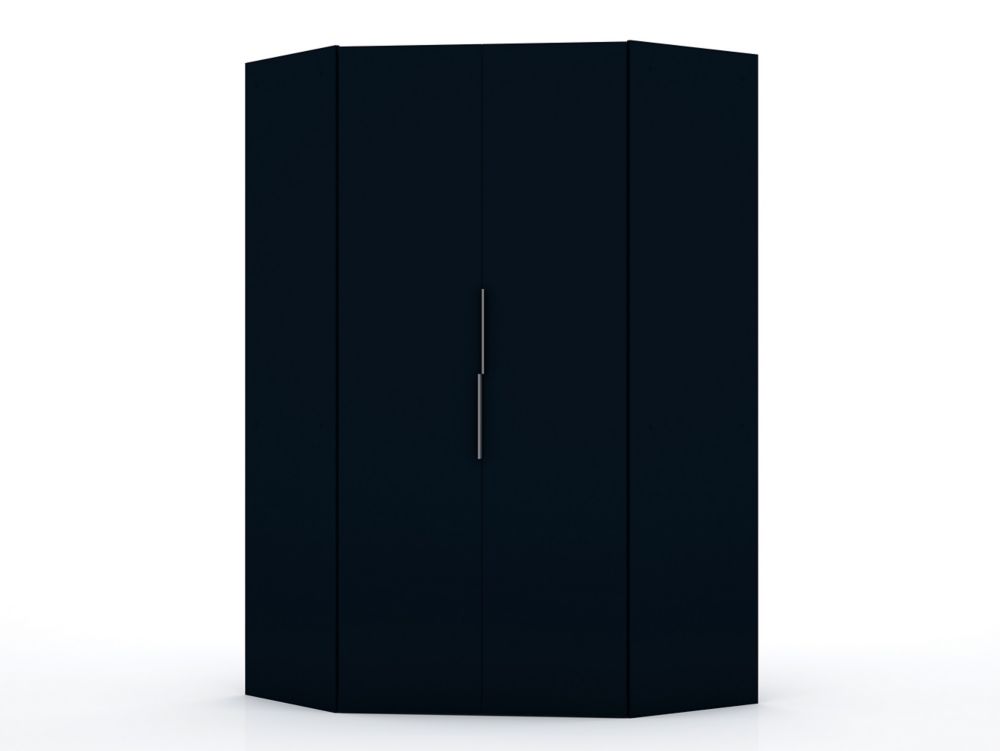
If you need additional screws, click the related products below to add them to your order. I saw that too, but surely a single size thread screw would be 95% effective. I bought it a few years ago locally from one of the big box stores, so it must have either been HD or Rona . Check the carpet aisles and it's probably just hanging from the shelves and not on a big display. Maybe I can make a few screws that would break with a bit of a tug. In addition, when you position the screw in the carpet, you should use your fingers to open up the weave and position the screws directly into the jute.
Squeak-No-More FAQ:
FYI, these screws are identical to the Counter Snap "B" screws and can be used with either kit. And again, if the squeak is coming from deeper components inside the floor, you’re out of luck with this method. No, if you install it correctly by pressing down on the fixture as you install it. Affordably priced with kits starting as low as $24.95.
To do this, you need to straddle the fixture with your feet and press down on the fixture as hard as possible. If you feel the need to kneel down to use the drill, you would actually be compressing an area about two feet away from where you should. If this is the case, we recommend that someone else stand in the area while you do the screwing. In the video, this step was omitted for demonstration purposes only. In cooperation with the manufacturer, we now have available for sale the original industrial grade Squeak-No-More Pro kit with the virtually indestructible Zinc fixture . You will not find this professional grade kit at your local hardware, or big box store, nor at any other online retailer.
Related Products:
The framer decided to install a rotten sheet of plywood strategically in the hallway, right by entrances to the hallway. I lessened the squeak a bit by taking a piece of 2x4, plastered one side with silicone, snugged it against the rotten floor board from below and screwed the 2x4 into the joist. The silicone offered a soft cushion that does not squeak. We've done dozens of repairs after a client tried the kit and realized after a few short days that it didn't work.
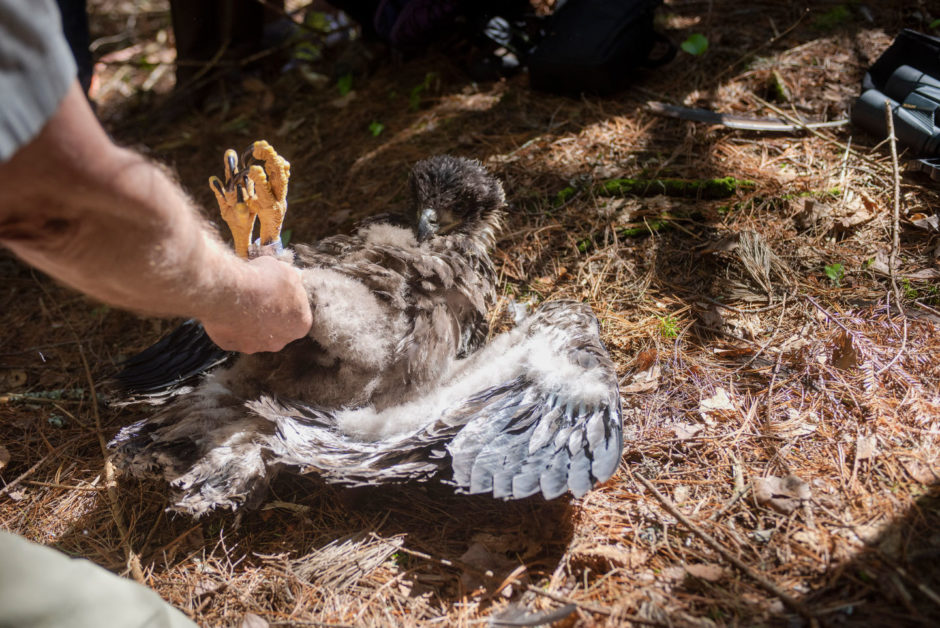
I ended up pulling up that corner of carpet just to see what was going on and then I used normal screws and put the carpet back on top. You’ll find recommendations to use tiny finishing nails to tighten the floor down, with a minimal visual effect. Finishing nails are indeed tiny, and there lies their fault. The smooth, narrow and practically headless nails have almost no strength to stay put.
Your one stop shop for fixing squeaky floors!
When using the joist finder screw, you need only insert the screw about 1 1/2 inches. If you’re still biting material, you’ve located the joist and the screw should be removed. If you send the screw all the way down, it proves nothing and may actually shorten the life of the screw.
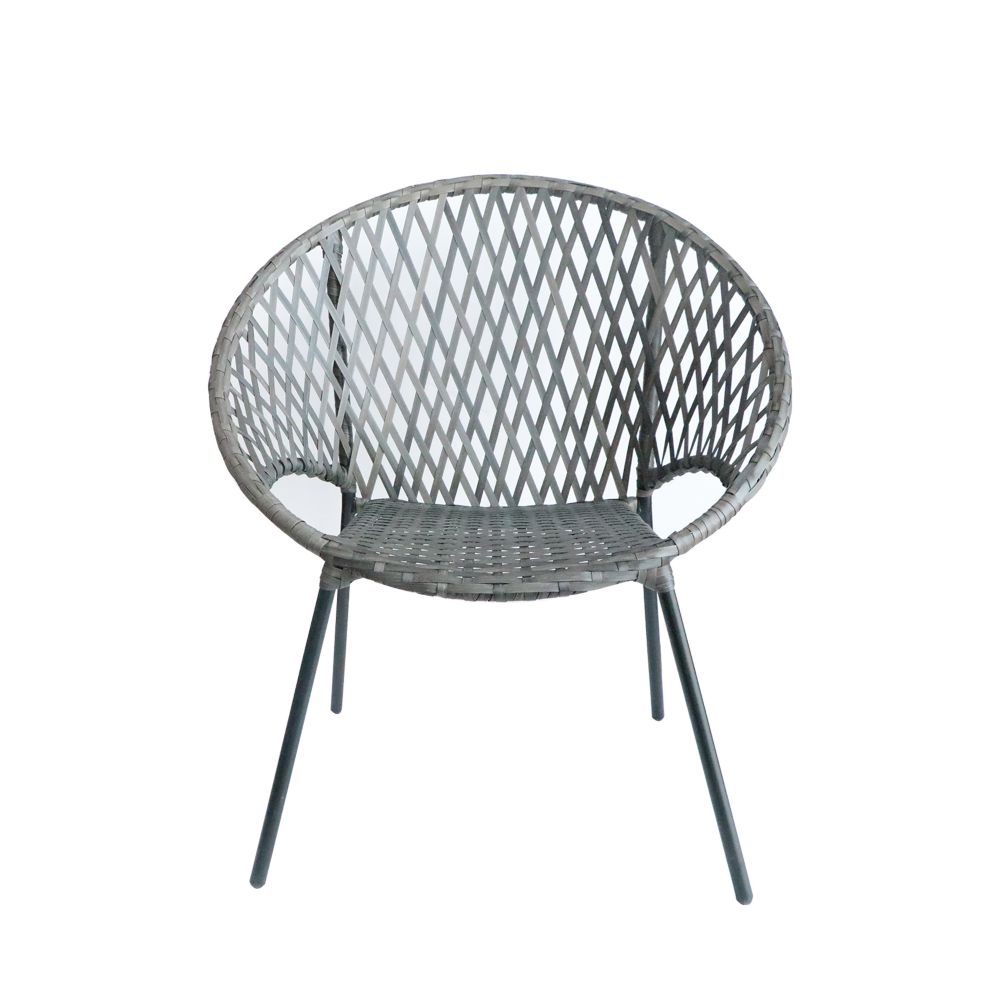
Once they loosen from normal use, these nails will now add to the squeaking sounds. Congratulations, that squeak is now spread 6" to 12" around the original spot, and you have a new noise that wasn't there before. The lesson here is that unless you are a floor expert, you run the real risk of making the problem worse. Squeak-Ender is a website that offers a variety of products that aim to fasten and support the joist to subfloor junction. Not ony did it not work, it left nasty metal pins above the surfave of the floor. Our client tried the Squeek-No-More kit before calling us.
It's Simple, It's Effective And It's Real, Real Easy To Install!
I suppose so, if you can apply enough weight on the loose floor board so that it contacts the joist prior to putting in the screw. If there is a huge gap between the floor board and joist, this screw will not be sufficient to pull the two together. Too much warping in the floor board may render this solution somewhat ineffective. In my previous house, I had a squeak that no amount of any innovative screw would fix.

Besides which, over time the brackets may loosen and contribute to a squeak themselves! So, if you plan to cover up the area that you fastened these products may only add to your squeaks in the future. You will need to first find the joist in order to locate the area to be repaired.
They are applied through carpet to fasten subfloors to joists. Even if you can live with your new metal riddled floor, you still aren't fixing the problem and might further aggravate your floor. The noise from a squeaky floorboard is often coming from the board compressing up and down a nail, screw or staple. Soon enough, the board you've refastened will lift, and the new nails or screws will be the genesis of a reborn squeak. You'll be surprised how quick fasteners used on problem areas of a floor start making noise. To actually fix squeaky floors, you need to find a solution that is not more nails, screws and staples.
But one thing is certain...with Squeak-No-More even the most severe floor squeak can be cured in as little as 60 seconds by anyone who can use a power drill. All it takes is to locate the squeak, insert the patented "snap off" screw into the fixture, drill it down and snap it off. A special joist finding screw is included with each kit to help locate the joist to make the repair. Nailing a board along a warped joist is some good advice and will help reduce the creaking of your floorboards. However, its dependent on having open access to the beam from underneath (which isn't available in homes with finished basements or squeaky floors on an upper level). There may also be some contributing factors that are causing the noisy floors; a warped joist is just one potential cause of squeaky floors.
Here's the result; nasty damage to the beautiful floor and a proud sharp edge. I have a carpet flooring and screw it into the studs. The kit plus an extra 50 pack of screws is 29.95 including the shipping to Toronto. Since the repair is blind and the joist is only 1 1/2 inches wide, the probability that you would hit it dead on is pretty low. That’s the reason extra screw packs are recommended for purchase when anticipating making multiple repairs. When using the Squeak-No-More system, it is imperative that the floor be compressed at the point of insertion.
Additional snap off screws are also available in packs of 50, 100, 250 and 500. Eliminates the need to pull up your carpeting to make the repair. Easy DIY installation with no special tools required. Replacement Screws for the Squeak-No-More Repair Kit.
There may be a hidden nail rubbing, or a cross brace moving. In other words, you’d be lucky if this solution removes your particular squeak. The Squeeeeek No More kit, and products like it, contain specially designed screws that are built to have tear-off heads so you won't notice them on the floor.
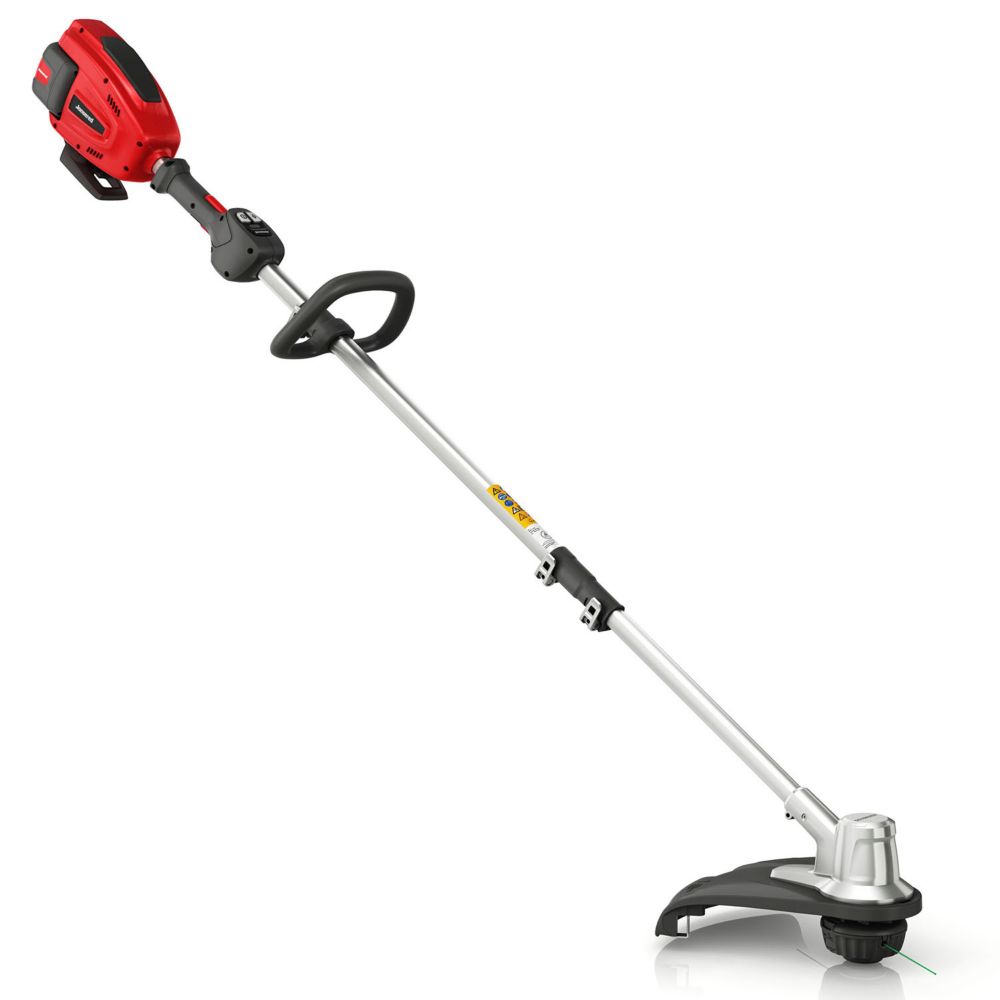
"So, screws don't work," you say in defiance, "but what about specially designed screws that are in the squeak repair kits?" I am happy you brought that up. If you thought refastening your squeaky floors with regular nails, screws and staples was as bad as it got, you're in for a surprise. Squeak-No-More is designed for carpeted, hardwood or vinyl floors where there is limited or no direct access to the subfloor. There is no need to pull up your carpet to make the repair and it works on both first floor or second floor repairs.


